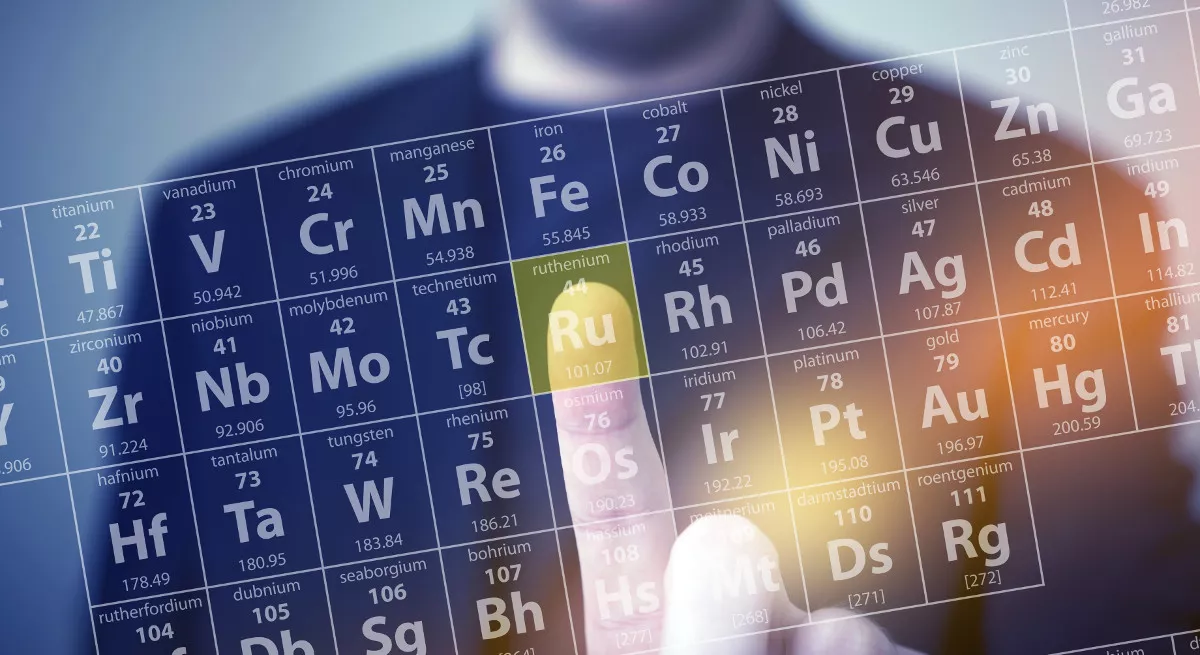
Hydrides
” The binary compounds of hydrogen with other elements are called hydrides.” The term hydrides is commonly named after binary compounds that hydrogen forms with other elements of the periodic table. Hydride compounds in general form with almost any element, except a few noble gases.
Hydrocarbons are examples of hydrides that are highly abundant in nature; on the other hand, compounds such as water, ammonia, and methane can also be considered as hydrides.
Classification of Hydrides
According to the nature of bonding, hydrides may be broadly classified into the following three classes:
- Ionic hydrides
- Intermediate hydrides
- Covalent hydride
Ionic Hydrides
” The hydrides that have an ionic bond present in them are called ionic hydrides.” The elements of group IA and the behavior members of group IIA form ionic hydrides.
Examples
-
Lithium Hydride
2Li + H₂ → 2LiH -
Sodium Hydride
2Na + H₂ → 2NaH -
Potassium Hydride
2K + H₂ → 2KH -
Rubidium Hydride
2Rb + H₂ → 2RbH -
Cesium Hydride
2Cs + H₂ → 2CsH
Properties of Ionic Hydrides
- Ionic hydrides contain a hydride ion.
- These hydrides are crystalline solid compounds.
- They have high melting and boiling points.
- These hydrides are conductors of electricity in the molten state and aqueous solution.
- These are non-volatile solids.
Intermediate Hydrides
The elements like Be, Mg, Zn, Cd, and combine with hydrogen to form intermediate hydrides.
Examples of Intermediate Hydrides:
-
TiH₂ → Titanium(II) Hydride
-
ZrH₂ → Zirconium(II) Hydride
-
VHₓ → Vanadium Hydride
-
FeHₓ → Iron Hydride
-
LaH₃ → Lanthanum Hydride
-
YH₃ → Yttrium Hydride
-
NbHₓ → Niobium Hydride
-
ThH₂ → Thorium Hydride
Properties of Intermediate Hydrides
- Their properties are between ionic and covalent hydrides.
- They have polymeric structures and are covalent.
Covelant Hydrides
” The hydrides that have a covalent bond present in them are called covalent hydrides.” The elements having electronegativity values more than 1.8 from covalent hydrides. These hydrides have a covalent bond.
Examples of Covalent Hydrides
-
B₂H₆ (Diborane)
-
AlH₃ (Aluminum hydride)
-
CH₄ (Methane)
-
SiH₄ (Silane)
-
GeH₄ (Germane)
-
NH₃ (Ammonia)
-
PH₃ (Phosphine)
-
H₂O (Water)
-
H₂S (Hydrogen sulfide)
-
HF (Hydrogen fluoride)
-
HCl (Hydrogen chloride)
-
HBr (Hydrogen bromide)
-
HI (Hydrogen iodide)
Properties of Covelant Hydrides
- They are usually gases or volatile liquids.
- These hydrides are non-conductors of electricity.
- They are soluble in organic solvents.
- Their bond energies depend on the size and the electronegativity of the elements.
- Stability oc covelant hydrides increases from left to right in a period and decreases from top to bottom in a group.
- Fluorine forms the most stable hydrides, and the stable hydrides are formed by Thallium ( Tl), Lead (Pb), and Bismuth ( Bi).
- Since electronegativity of hyrgen is 2.1, most of these hydrides have polar covalent bonds in which hydrgen i carrying a slight positive charge. Due to high polarity, the hydrdes like H2O and HF are capable of forming hydrogen bonds between their molecules.
- The boiling points of covalent hydrides generally increase on descending a group except the hydrides like H2O, HF, and NH,3 which, due to hydrogen bonding, have higher points than might be expected.
Periodic Trend of Hydrides
Across the period
- In hydride, the tendency towards covalent character increases by moving from left to right in the periodic table.
- Stability of covalent hydrides increases from left to right in a period.
- On moving left to right across a period the electronegativity of the other elemnt increases and the hydrogen element bond becomes more polar.
Down the Group
- Stability of the covalent hydrides decreases down the group.
- Boiling points of covalent hydrides increase on descending a group due to an increase on decending a group in London dispersion forces except H2O, HF and NH3, which have higher boiling points than might be expected on the top of their groups.
Conclusion
Hydrides are compounds of hydrogen formed with other elements. Hydrides are easily formed because hydrogen is highly reactive with other elements in the periodic table. Hydrides can react with metals, non-metals, but not noble gases.


